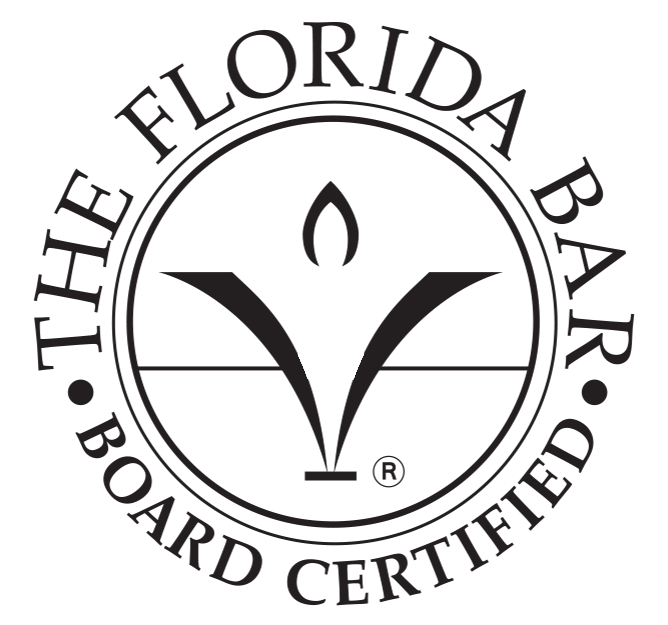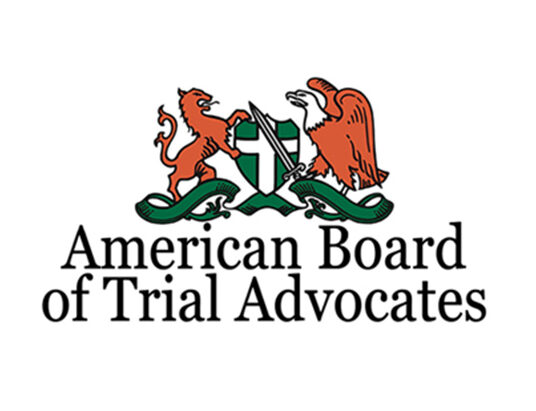Teen drivers are 50 percent more likely to crash in the first month of driving than they are after a full year of experience driving on their own, and are nearly twice as likely to crash as they are after two full years of experience, a new study shows.
Analyzing the crashes of new drivers in North Carolina, researchers with the AAA Foundation for Traffic Safety found that three common mistakes—failure to reduce speed, inattention, and failure to yield – accounted for 57 percent of all crashes in which teens were at least partially responsible during their first month of licensed driving.
Additionally, when researchers looked at specific types of crashes in relation to how long the driver had been licensed, they found that some types of crashes occurred at relatively high rates at first and declined particularly quickly with experience.
For example, crashes involving left hand turns were common during the first few months of driving but declined almost immediately. The high initial rate and subsequent steep decline in certain types of crashes appeared to reflect teens’ initial inexperience followed by rapid learning.
Crash types that decline more slowly appear to result not from lack of understanding, but from failure to master certain driving skills.
“We know that young drivers’ crash rates decrease quickly as they gain experience. What our new study tells us is that there are a few specific abilities that we could do a better job of helping teens develop before they begin driving independently,” said AAA Foundation President and CEO Peter Kissinger in a news release.
A related AAA Foundation study used in-vehicle cameras to monitor teens when they were learning to drive with parents, followed by the first 6 months of licensed driving without their parents in the car. The research found that while teens had their learner’s permits, routine trips on familiar roads under relatively easy driving conditions accounted for the bulk of the time spent behind the wheel.
The study also illustrated changes in teen behavior when a parent is no longer in the car. While the vast majority of driving caught on camera was uneventful, the study did capture a number of close calls due to simple mistakes likely attributable to inexperience, along with a few instances of texting behind the wheel, horseplay with passengers, running red lights, and other potentially distracting or dangerous behaviors.
This research serves as a great reminder for parents to stay involved in the learning process even after the law allows teens to drive without a parent in the car,” Kissinger added. “Continued parent engagement can help teens gain needed driving experience and shape their habits for a lifetime of safe driving.”
These studies affirm AAA’s long-standing efforts to help parents prepare their teens for independent driving by practicing under a broad range of progressively more challenging conditions.
AAA suggests these steps parents can take to improve teens’ safety as they start driving on their own:
Practice, practice, practice: Once teens have their actual license, continue to practice together to ensure that basic skills are mastered and to introduce varied driving conditions (snow, heavy traffic, rural roads) with an experienced driver in the passenger seat.
Keep passengers out: Teen drivers’ crash risks multiply with teenage passengers in the vehicle. Set limits and enforce them consistently.
Limit night driving: Reduced visibility makes night driving riskier for drivers of all ages. For inexperienced teens, it’s even harder. Allow new teen drivers to drive at night only if truly necessary or to practice with a parent.
Keep setting rules: Parents can – and should – set and enforce rules above and beyond their state laws. In addition to night and passenger limits, set rules for inclement weather, highways, cities, or other driving conditions in which a teen has not gained enough experience.
For more on safe driving issues, see the library of articles by Daytona Beach car accident attorney.







